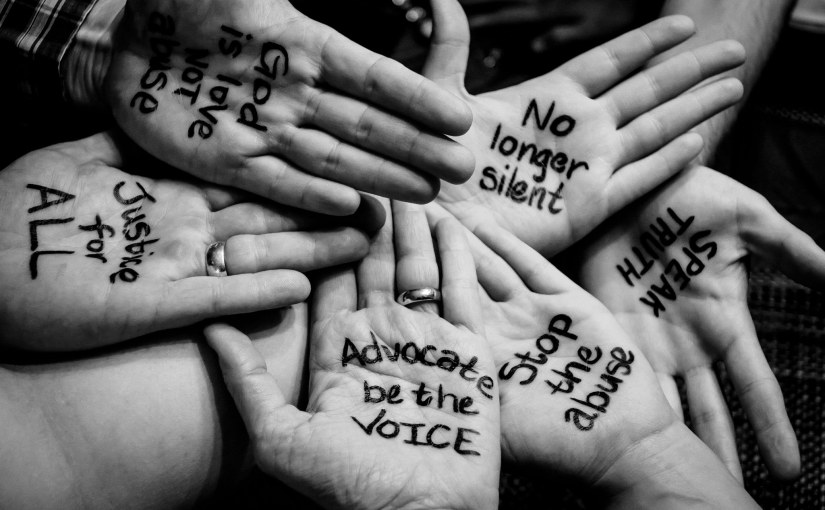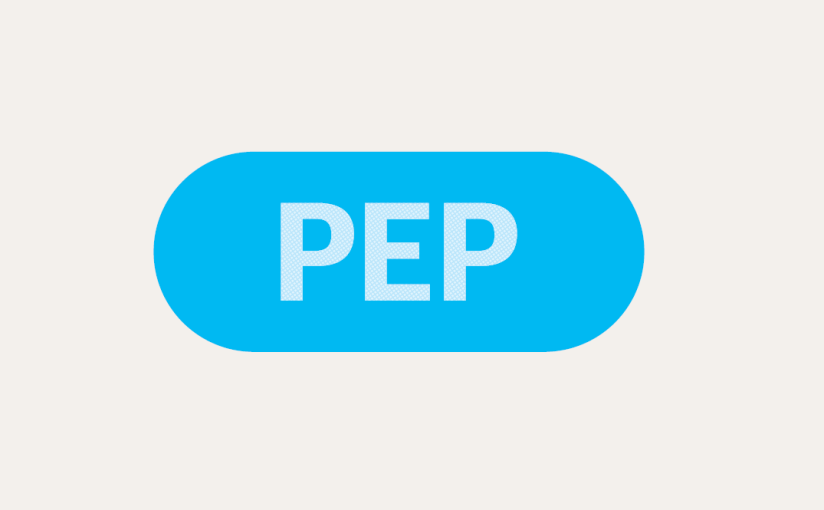While being in a committed relationship with someone can be really fulfilling, it’s important to still use condoms every time you have sex, even if you know each others HIV status. Have you and your partner stopped using protection? Here’s how to reintroduce condoms in your relationship.
Have an honest and open conversation with bae about your sex habits
While sex isn’t the only important thing in your relationship, it can have a huge impact on how happy you are with your partner. That’s why it’s so important that you and bae have a chat about your sex life.
Keep in mind that safe sex habits are negotiated between you and your partner. So, when you chat with bae about safe sex, be open to talk about your current sex habits. Discuss consent and sexual reproductive rights. Be free to talk about each other’s plans for the future and how condom-use during sex can help each of you to meet those plans. You can also encourage each other to get tested for STIs and HIV.
Educate yourself about condoms
Condoms don’t get the appreciation they deserve, in my opinion. Did you know that condoms are the only contraceptive method that protects you from sexually transmitted diseases (STIs) and Human Immunodeficiency Virus (HIV), while preventing your chances of falling pregnant?
Condoms are also non-hormonal contraceptives, which means that you don’t have to worry about weight gain, mood swings, low energy levels or any other side effects for that matter. They’re also free, so you don’t have to spend any money to get them. If you or bae is allergic to latex condoms – that’s no reason to stop either. You and your partner can go to the nearest health clinic and ask for non-latex condoms.
You can choose to use either male or female condoms. You and your partner can have a conversation about the kind of condom that best suits your lifestyle. Whichever condom you choose, remember that the responsibility to carry condoms doesn’t lie on you only. Both you and your partner are equally responsible for carrying condoms.
Where can you get condoms
You can get male and female condoms from your nearest health facility (clinic, hospital or your doctor). These condoms are free and come in a variety of flavours. You and bae could also buy your condoms at any supermarket, convenience store or pharmacy. Just remember to check for the expiration date and make sure that the condom isn’t damaged.
Keep in mind that a healthy relationship should allow both of you to make responsible decisions about your sex life. Using condoms is really the best way to enjoy a healthy lifestyle without having to worry about the risk of getting a sexually transmitted infection or falling pregnant.












